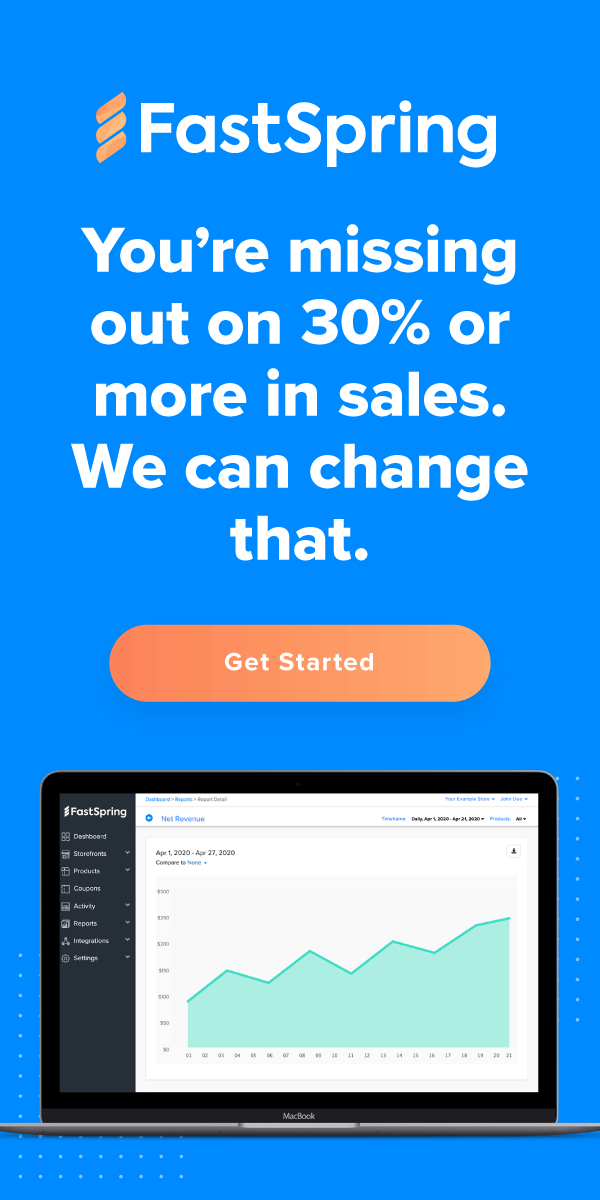In today’s business world, small businesses have adapted new strategies for maximizing revenue. These strategies could be labeled as traditional business growth, but are better defined as scaling––and while they may conjure similar images, growth and scaling differ in a huge way.
When a business strives for growth, the focus lies in increasing profit while also increasing the resources and manpower needed to bring in the extra funds. When an owner scales their business, the focus shifts to boosting revenue alone, without shelling out costs for more labor or resources. How can your small business achieve this? Read on and find out.
1. Put yourself out there.
Bill Gates. Steve Jobs. Mark Zuckerberg. High-profile names behind exceptional businesses. How did they position themselves for success? By sharing their stories, getting on the public’s radar, and successfully facing the fears involed with sharing their passion.
As a small business owner, whether your brand is a beloved local shop or a blooming SaaS startup, it’s important to put yourself out there. Creating a booming business is all about connecting with people—peers, community, clients—and people love a good story.
All of the aforementioned CEOs provided services that are valuable, if not completely necessary nowadays, and they created this value by defining their companies as the companies who do what they do. They achieved this, in part, by sharing their passion with the world and backing it up with their own unique and inspiring stories.
2. Operate based on value, not time.
Take a moment to think about the cost for your services and why they are priced that way. Is the time your business spends to provide this service the first thing that comes to mind? If so, you’re making one of the most common mistakes when it comes to enhancing revenue.
Shouldn’t you be charging based on the time the business spends creating and delivering the service? Absolutely not. When it comes to establishing rates, value should always be at the forefront.
Why? Say your company has created a helpful software product. Once you’ve made a profit on the time and resources spent creating this software, basing prices on time would mean focusing on consultations that may last up to an hour or so. Does this mean you should charge a minimal rate based on the one hour spent with the client?
No. Instead, charge based on the value the software brings to the client. What if this software saves them $100,000 per year in business costs? You can confidently and appropriately charge more for the service when the focus is on its value rather than the time spent developing it.
3. Find your scalable areas.
A major key to success when scaling a business is identifying the most scalable areas. Consider the method your product is delivered to the customer or clients. Does it include hefty costs from labor or production? Can any area of this process be automated? Narrowing down ways to cut costs and deliver your product quickly and efficiently is a way to scale your business quickly.
For example, a business specializing in digital products may have their customers go through a live sales person on the phone to make the sale. From there, an accounting team handles reports and invoicing, before the product is shipped to the client, leading to high labor, shipping, packaging, and printing costs.
This same company, however, can scale their business by cutting out the middle-man and fully automating this process with a digital selling platform. These platforms can inform clients about the product prior to their purchase and handle the sale, replacing costly customer service and sales agents. Then, these platforms provide order summaries, receipts, or invoices as needed before a download is produced for the customer, eliminating shipping, packaging, and printing costs as well.
4. Maximize and forge connections.
Finally, consider forging and maximizing connections. The right connections can aid in expanding your reach, providing extra funding, or contributing to the business with priceless ideas and insights.
Maintaining good terms with industry influencers and potential investors is always a good idea. The key to maximizing revenue when it comes to scaling is creating new and lasting partnerships outside of your immediate business community. These partnerships can be with individuals or organizations (think Apple partnering with Red.org) and help to vastly expand reach and, most importantly, add more value to your service.
By incorporating these four simple steps, any small business will be well on its way to becoming a fully-scalable revenue-producing contender in today’s competitive business world. At FastSpring, we’re fluent in scalability and can help you automate your digital selling to help you sell more, cut costs, and dramatically improve your bottom line. If you’re ready to start scaling your business, request a free FastSpring demo to see what we can do for you today.
![[Customer Story] Why TestDome Considers FastSpring a Real Partner](https://fastspring.com/wp-content/themes/fastspring-bamboo/images/promotional/2023/FastSpring-TestDome-blog-thumbnail.jpg)








